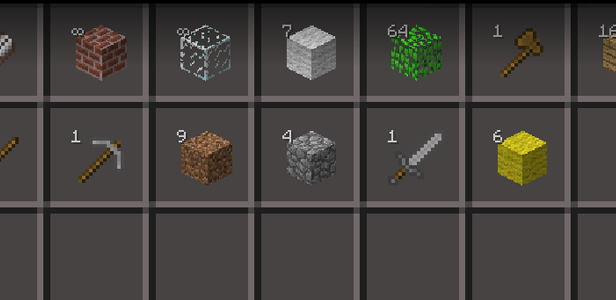Category
Data & Analytics
#Data & Analytics
Analysing Auctions: The Case of Glitch
Shawna Baskins, Joseph Riley and Anders Drachen analyse Glitch's in-game economic system, concentrating on the auction house and NPC vendors.
#Data & Analytics
Data is good, but not all data is equally good
Effective data capture is like a sensory system for your game so you can understand the actual behaviour it exhibits rather than what we expect it to do or what focus groups tell us it might do. But can we always trust what the data tells us?
#Data & Analytics
Navigating the hazards of game data
Effective data capture is vital to delivering games as a service. The trouble is how do we know what the data means? How can we be sure we are asking the right questions?
#Data & Analytics
Becoming A Games Analyst
For the first time on the GameAnalytics blog, Roy Hwang suggest what everyone should read before jumping into games analysis. This post outlines the process of becoming a viable games analyst, while also keeping an eye out for the most valuable resources out there.
#Data & Analytics
How To Detect and Prevent In-App Purchase Hacks
In-App Purchase hacks do not affect your game revenue as much as they affect game analytics coherence. This could lead to you taking incorrect game design and monetization decisions. Read this post to find out how you can limit them.
#Data & Analytics
Balance and Flow Maps
Anders Drachen brings Sean Houghton on the GameAnalytics blog to share some of his experiences with taking heatmaps to the next level by investigating balance maps in Transformers: War for Cybertron.
#Data & Analytics
Playstyle and Progression
In this post Anders Drachen introduces some of the main challenges of finding patterns in how games are played and in how play styles change across levels. He also showcases some new research results which were obtained through a thorough analysis of Tomb Raider: Underworld.
#Data & Analytics
How Criminal Case drives growth
Criminal Case is one of the best Facebook games in terms of growth. In this case study Michail Katkoff explains how a hidden object game can drive growth through rounded game mechanics.
#Data & Analytics
Five Tips for Killer First-Time Flow
In this post Michail Katkoff gives us some tips on achieving flow in video games. While the concept of flow has its roots in psychology, it has been in the last few years associated with the world of video games as well. Flow is defined as that state in which a person is fully immersed into a video game, which guarantees maximum enjoyment.
#Data & Analytics
Combatting Churn: 10 Reasons Why Players Quit Your Game
Joakim Achrén, CEO at My Next Games company game and former Director of analytics at Supercell, has more tips to share in this second guest post. Joakim rates the top ten reasons for which players tend to quit social games and also offers solutions to avoid each specific scenario.
#Data & Analytics
7 Tips To Prevent Your Game From Failing
This new guest post features Joakim Achrén, CEO at My Next Games company and former Director of analytics at Supercell. Joakim will share some of his hard-earned tips for ensuring a healthy and promising development process for your game.
#Data & Analytics
Frequent Itemset and Association Rule Mining
Frequent itemset mining is an interesting branch of data mining that focuses on looking at sequences of actions or events, for example the order in which we get dressed. Shirt first? Pants first? Socks second item or second shirt if wintertime? Sequence analysis is used in a lot of different areas, and is also highly useful in games for finding behavioral patterns that lead to particular behaviors, for example a player quitting a game. Here is how it works.
#Data & Analytics
Practical Issues In Game Data Mining
Apart from the purely methodological concerns that gains the most attention on this blog, there are a range of important issues to consider when planning to or performing collection of game telemetry and mining of this type of data. For example, confidentiality of user data and effective pre-processing approaches are among the most important. Here we take a brief look at some of them.












